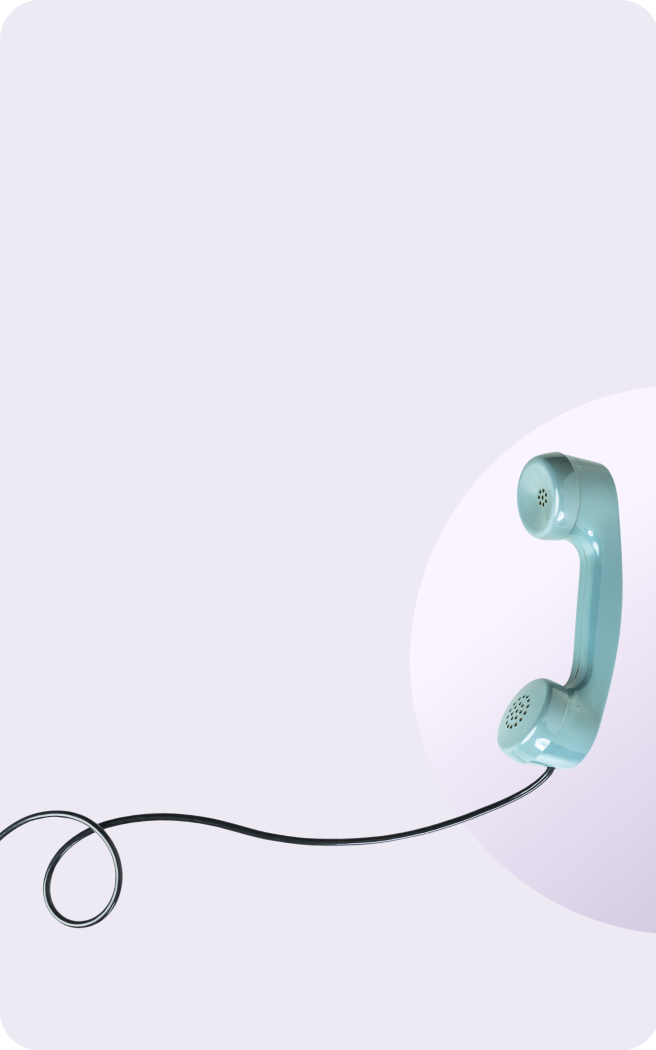Kitchens
- Category Name
- Kitchens
Get an approximate budget for your kitchen design by sharing your space details.

Search for Kitchens Wardrobes Doors & windows Curtains & Blinds Bathware Lights Design Ideas
Speak to our design professionals
Share your info, we’ll book your slot.
Will you be living in your space during the renovation?
 Previous Question
Previous Question
 Previous Question
Previous Question
Please Select Date and Day
Appointment Date & time

One of the key figures exploring the intersection of AI and design is Ayaz Basrai, co-founder of The Busride Design Studio. From surreal visuals to sustainable ideas, Ayaz Basrai reveals how AI tools are sparking new design conversations
Artificial Intelligence (AI) has evolved from a conceptual framework into a powerful tool that continues to redefine various disciplines. Its capabilities range from simple text corrections to complex data analysis and predictive modelling, influencing fields as diverse as urban planning and design. While some still approach AI cautiously, many designers have fully embraced it, leveraging its potential to generate intricate and thought-provoking visualisations through carefully crafted prompts.
One of the key figures exploring this intersection of AI and design is Ayaz Basrai, co-founder of The Busride Design Studio. Specialising in built environments across the hospitality and institutional sectors, he also leads The Busride Lab in Goa, integrating speculative fiction with heritage conservation to conceptualise future scenarios. Ayaz believes, “the future will be messy,” much like the present—a continuous work in progress. His AI-generated artworks envision scientific predictions of the year 2035 in compelling ways, exploring themes such as AI-driven transportation systems in Mumbai, agricultural transformations in Siberia, and the emergence of zero-carbon societies worldwide.
In this interview, he shares his insights on AI’s role in design, its expanding influence, and what the future holds for this dynamic collaboration between human creativity and artificial intelligence. Edited excerpts:
Ayaz Basrai (AB): At The Busride, we've always been fascinated by new and fun workflows. Restaurant projects like Smokehouse Deli were seeded in the idea of hand-drawing a parody of opulence, and the thought behind Social was to harness the rebelliousness we saw all around us with the emergence of subcultures. Early on, we explored AI tools like Google's Co-lab, Stable Diffusion, and image or video-generating systems like MidJourney and Runway to enhance our Speculative Fiction projects. It’s both thrilling and unsettling to see how quickly the field is evolving. What’s most striking—and ironic—is how design and architecture remain obsessed with novelty, constantly asking, “What’s new?” when the real question should be, “What’s best?” In that sense, we are more Artificially Intelligent than the AI systems that we fear will replace us.
AB: The visualisations at The Second House are built on layers of irony. It’s fascinating and absurd to create a media-driven art space in Goa, a place surrounded by natural beauty. It was strange to see people often overlook this beauty to sit in closed-off spaces, gazing at simulated images of nature they could freely experience outside. This paradox inspired the first set of visuals that populate the space. It was also meant to be an imitation of the “Old Goan Family Photo” stereotype often seen in themed restaurants. These AI-generated portraits feature surreal elements like people with televisions for heads or kids watching TV on a beach and lush landscapes overtaking dead Televisions. The visuals couldn’t have been created without AI, which we intentionally used as a constraint. To push the concept further, we framed these pieces like vintage wedding photos, collaborating with a wedding album photo-making studio in Madgaon for authenticity.
AB: At The Busride Lab, our Speculative futures studio in Goa, we aim to ask uncomfortable questions of ourselves. We’ve realised how we're outliving our relevance as design practitioners by focusing narrowly on stylised homes and interiors under the garb of luxury and ignoring the shared public realm. This creates a tone-deafness within the discipline. Architecture and design can play transformative roles in reallocating resources, fostering equitable exchanges, and enriching the public realm—but only if we move beyond superficial stereotypes. AI is one of many tools aiding our storytelling, allowing us to reimagine possibilities and critique our practice more meaningfully.
AB: AI tools can churn out novel visuals at the press of a button, but that speed risks skipping critical stages of design. Traditionally, our process involves sketching, modelling, rejecting, re-modelling, tweaking and pushing and pulling ideas and constructs—steps that build consensus with our teams and clients and include diverse viewpoints. This slower process fosters equity and richer conversations. While AI accelerates certain workflows, it’s crucial to retain critical thinking and critique. Emerging hybrid tools, like Vizcom, are particularly exciting as they integrate the human touch with AI-generated outputs, offering the best of both worlds.
AB: Like any technology, the technology itself is not self-deterministic. AI’s impact depends on the maturity of its user, and this needs to be taught with as much rigour as hand-drafting in technical schools. AI can democratise design by giving clients the tools to articulate their ideas visually, pushing designers to ask better questions. Tools like MidJourney allow for incredible creativity—combining ideas, introducing unexpected material palettes, unimaginable style transfers and repurposing works by famous artists and dead designers in new ways. However, it's an ethical minefield, and we don't yet have the legal frameworks to engage with the production of these images.
AB: The ubiquitous use of AI tools creates the possibility of a flatter relationship between clients and designers. With access to similar visualisation tools, we can co-design projects instead of working in isolation. This transparency fosters playful, curious, and meaningful processes. AI could even help commission bespoke art for homes or quantify carbon footprints for smarter, greener designs. It’s a fundamentally new domain—one that invites us to measure homes by intelligence-per-square-foot rather than conventional metrics like market value. Exploring these possibilities is incredibly exciting!
For expert design consultation, send us your details and we’ll schedule a call
Yes, I would like to receive important updates and notifications on WhatsApp.
By proceeding, you are authorizing Beautiful Homes and its suggested contractors to get in touch with you through calls, sms, or e-mail.
Our team will contact you for further details.


We were unable to receive your details. Please try submitting them again.














